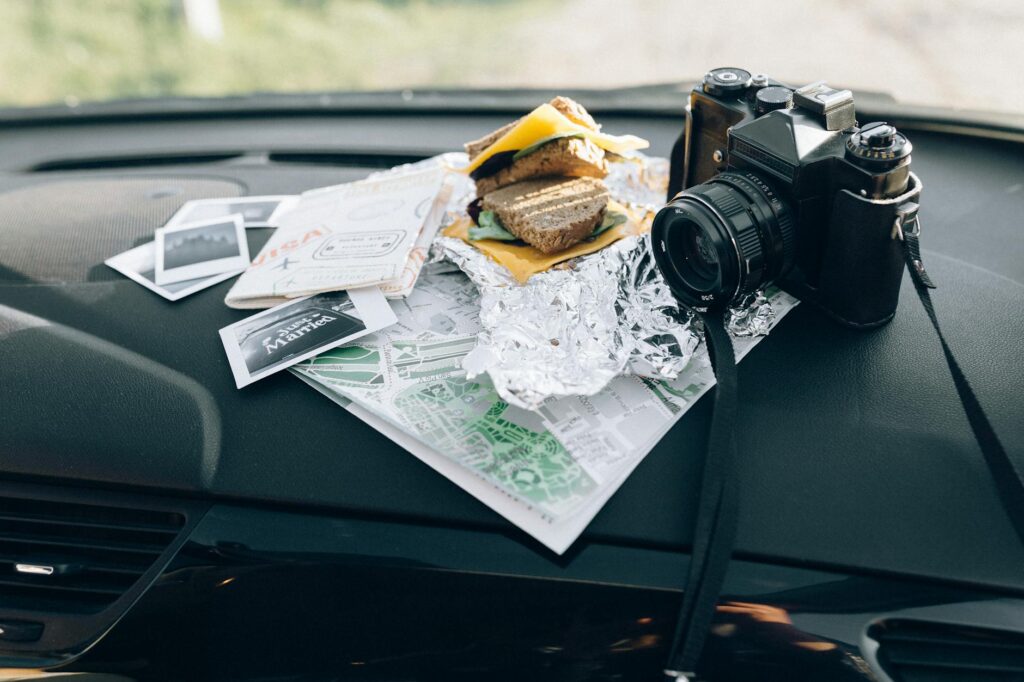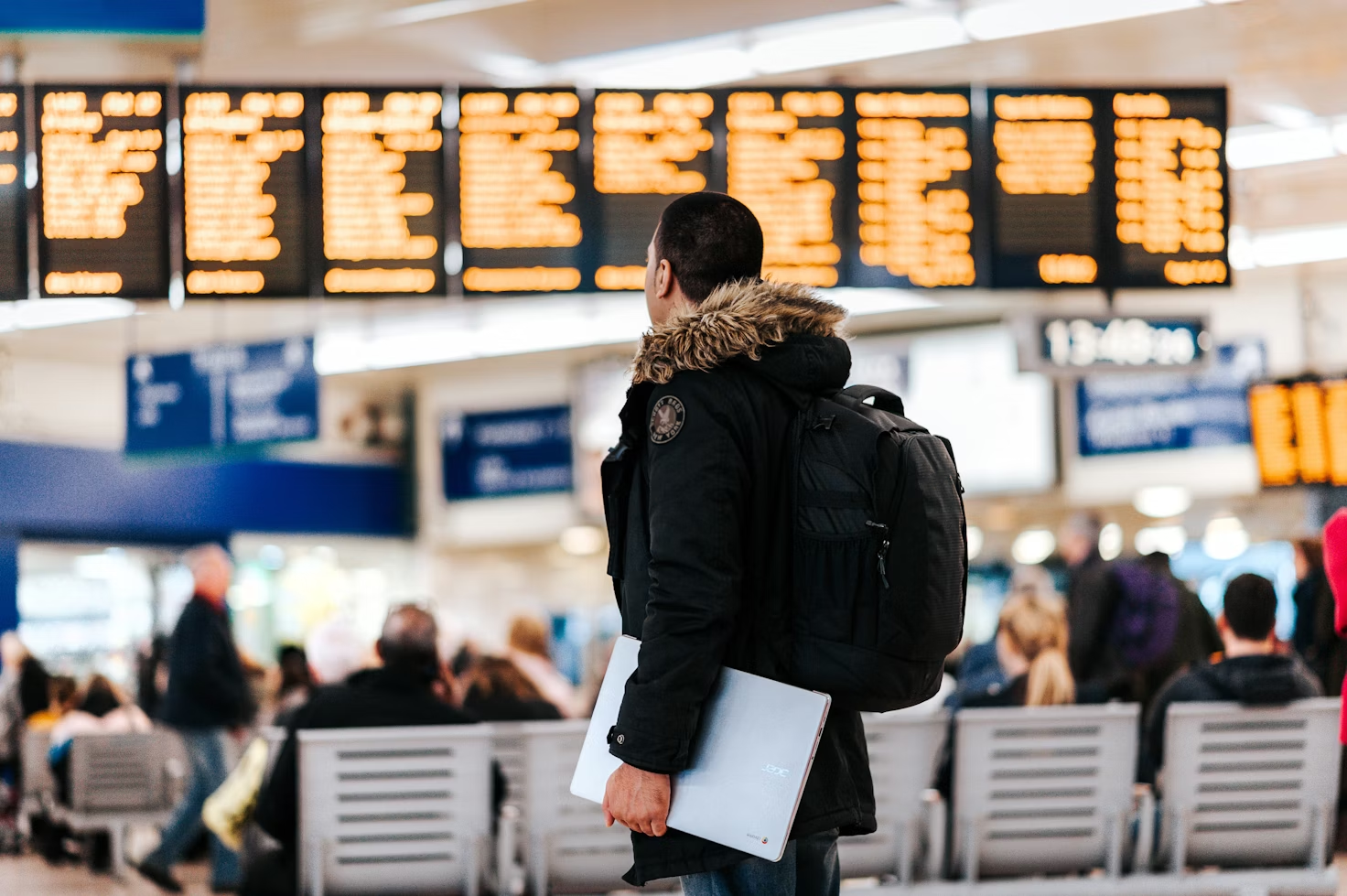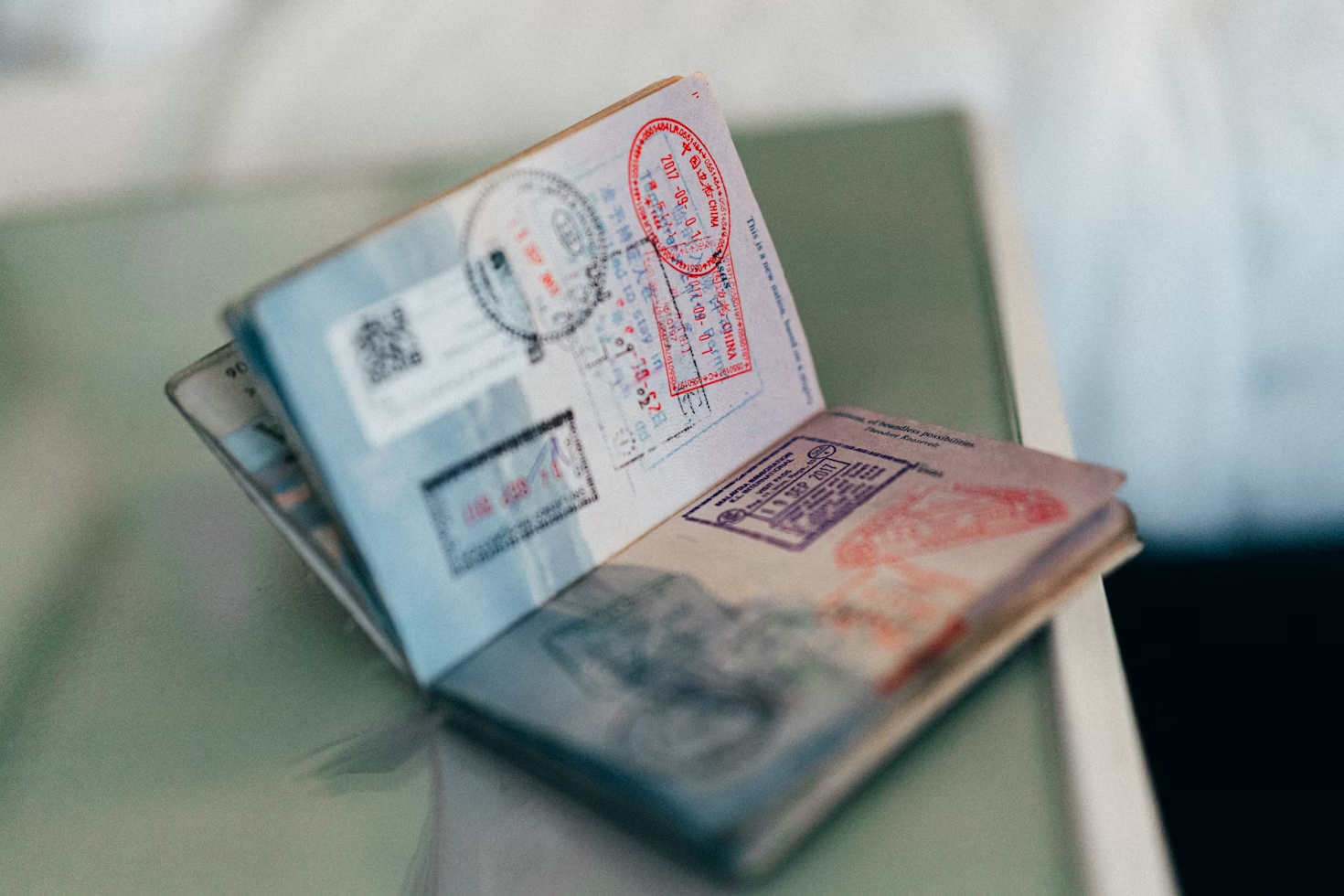Traveling with a food allergy can be stressful, but it doesn’t mean you have to miss out on authentic meals when exploring new places. It takes extra planning, open communication, and a bit of creativity, but you can enjoy local dishes while staying safe. When you prepare ahead and know what to watch out for, you can travel with confidence and taste what a destination has to offer.
This article will discuss:
- Know your allergy triggers before you go.
- Bring translation cards or use food allergy apps.
- Communicate clearly with restaurant staff.
- Pack safe snacks for emergencies.
- Research local cuisine and food safety tips ahead of time.
Preparation is your best travel tool. With a few simple steps, you can avoid risky foods and feel at ease when ordering meals. Travel doesn’t have to mean giving up flavor or missing out on experiences—just a bit of thoughtful planning and you’ll savor every moment.
Preparing for Your Trip: Essential Steps for Allergic Travelers

Traveling with a food allergy takes more than tossing an EpiPen into your bag. Preparation is your secret weapon for a smooth and safe trip. These steps set you up to enjoy every meal and moment, even if your food options are limited. A little prep means less stress and fewer surprises so you can dig into new adventures with peace of mind.
Research Local Cuisine and Common Allergens
Before you travel, look up the typical foods served in your destination. Some places cook with peanut oil or add nuts to sauces. Others may not understand your allergy, so knowing the dishes to avoid can help you spot hidden risks. Search traveler forums and allergy-focused blogs for recent updates on food safety.
- Make a list of foods and ingredients you need to watch for.
- Check if local restaurants label allergens on their menus.
- Bookmark sites and apps that report allergy-friendly spots or give translations for key phrases.
Pack Smart: Medications and Safe Snacks
Your allergy medication belongs in your carry-on, not your checked suitcase. Always carry more than you think you’ll need. Bring a stash of snacks that you know are safe, especially for long flights or remote destinations where choices might be slim.
- Two sets of epinephrine auto-injectors.
- Antihistamines and other prescribed meds.
- Non-perishable snacks like granola bars, dried fruit, or seed crackers.
Make sure all medication labels are clear, and bring a doctor’s note in case airport security raises questions.
Use Allergy Translation Cards
Language barriers can make explaining your allergy tough. Printed translation cards clearly state what you can’t eat in the local language, making it easier for waiters or chefs to help you. Digital apps can work too, but printed cards never need charging.
- Order cards online or print your own.
- Include your trigger foods and a short description of your allergy.
- Keep a few copies handy so you’re never caught off guard.
Communicate With Airlines and Hotels
Contact your airline before flying to ask about meal options and policies for allergic travelers. Many offer special meals or can let you pre-board to clean your seat area. Similarly, email or call your hotel to see if they can accommodate your needs, like a fridge for your snacks or allergy-friendly breakfast.
- Always double-check meal ingredients before eating.
- Ask hotels if their kitchens handle cross-contamination.
- Inform your hosts if you’re staying at a homestay or bed-and-breakfast.
Share Your Allergy Plan
Traveling solo is one thing. If you’re with friends or family, teach them how to spot a reaction and use your epi-pen. A quick dry run boosts everyone’s confidence.
- Show your travel group how and when to use your auto-injector.
- Give them essential info, like how to call emergency numbers.
- Store emergency contacts in your phone and on a card.
Taking these simple steps helps you feel ready for the road so you can focus on the fun, not the food fears.
Communicating Your Allergies Effectively

Clear and upfront communication about your food allergies can be the difference between a safe, delicious meal and a risky situation. It’s not always easy to explain allergies in a new country, especially if you don’t speak the language, but with the right tools and confidence you can make sure your needs are understood. Let’s make sure people listen and respond before you take a single bite.
Let Staff Know Before You Order
Some travelers feel awkward about talking about food allergies, but being direct is key. When you sit down, let your waiter or host know right away. Speak calmly and use simple phrases, like: “I am allergic to peanuts. If my food has peanuts or touches peanuts, I will get very sick.”
- Avoid using vague words like “intolerance”; be specific with “allergy.”
- If possible, ask for the manager or chef to reinforce your message.
- Mention your allergy every time you order, even if you’ve been there before.
Reinforce Your Message with Allergy Translation Cards
If you’re traveling in a country where you don’t speak the language, allergy translation cards are your best friend. Hand one directly to your server and give them a moment to read it. Many kitchens will take extra care when they see your allergy written clearly.
- Print several copies.
- State your allergy, the reaction you could have, and common foods that contain your allergen.
- Consider showing both the card and saying a simple phrase out loud for extra impact.
Ask Questions and Double-Check
Even after you explain your allergy, double-check everything. Don’t be afraid to ask, “Are you sure this is safe for someone with a peanut allergy?” Watch for any hesitation or lack of understanding. If in doubt, skip the dish.
- Ask about hidden ingredients (sauces, oils, toppings).
- Confirm how food is cooked—fried food may be in shared oil.
- When a restaurant seems unsure, choose simple dishes with fewer ingredients.
Watch for Cross-Contact and Be Proactive
Sometimes it’s not the main ingredient but what your food touches that matters. Cross-contact can happen in frying oil, cutting boards, or utensils. Don’t hesitate to spell out what you need, such as, “Please use clean pans and fresh gloves.”
- Be ready with suggestions for simple, safe dishes.
- Remind staff about cross-contact, especially in busy kitchens.
- If the kitchen seems overworked or distracted, trust your instincts.
Use Technology and Local Resources
Food allergy apps can quickly translate your needs, track allergy-friendly places, and connect you with local support. Some even let you save custom allergy profiles for easy access. Connect with local allergy support groups or expat communities for up-to-date dining advice.
- Download trusted allergy apps before your trip.
- Save emergency contacts in your phone and on paper.
- Read reviews to find allergy-friendly restaurants.
Communicating your allergies can feel awkward at first, but it gets easier. The more prepared you are, the more confident you’ll be when speaking up for your health. If you’re curious about local flavors and where foods come from, check out how accommodations are supporting local stays in Europe.
Final Thoughts
No two trips are the same, especially with food allergies. Each meal teaches you something new. Share your wins and workarounds with other travelers. Your tips might help the next person eat safely—and with more flavor—abroad. You might even discover hidden gem weekend getaways in Europe with a focus on local, allergy-friendly accommodations.
- Keep your medical kit up-to-date and within reach at all times.
- Refresh your allergy cards and translation app before future trips.
- Review dining etiquette for your destination so you can explain your needs smoothly.
- Scout out restaurants and local foods that are allergy-friendly before you arrive.
- Connect with support groups or online networks for firsthand tips and real-time guidance.
Safe travel doesn’t mean bland or boring—it means you’re ready for every taste and tradition that comes your way. Keep these steps close, and savor every trip with resilience and confidence.






12 Responses
hey, has anyone tried using those allergy translation cards abroad? do they actually work or just confuse the waiters more? lol
packing smart with meds and snacks is a game changer. last year forgot my epipen and it was a disaster. never making that mistake again.
This article is super helpful! Researching local cuisine ahead of time saved me so many headaches. Thanks, TouristTales!
Totally agree, Jenny! Knowing what to expect food-wise makes the trip more enjoyable.
yeah, did the same last time in Italy, worked out great
using allergy cards feels like playing uno with waiters, you never know if you’ll win or draw 4.
All these precautions and still, you can’t trust restaurants completely. Best to live off your packed snacks I guess.
so cool seeing articles talk about this stuff. makes traveling with my gluten intolerance feel less scary. thx for the tips!
While the idea of allergy translation cards is practical, in many countries, the awareness about cross-contamination is still very low. It’s not just about communicating your allergy but also understanding local preparation methods. Preparation is key, but so is vigilance and self-awareness on the road.
interesting read but wondering how effective these tips are in less touristy places. anyone got experiences to share?
never thought to share my allergy plan with my travel buddies before. gonna start doing that, sounds like a smart move.
what if u use the allergy card and someone thinks it’s a magic spell haha. gotta be ready for anything when u travel!